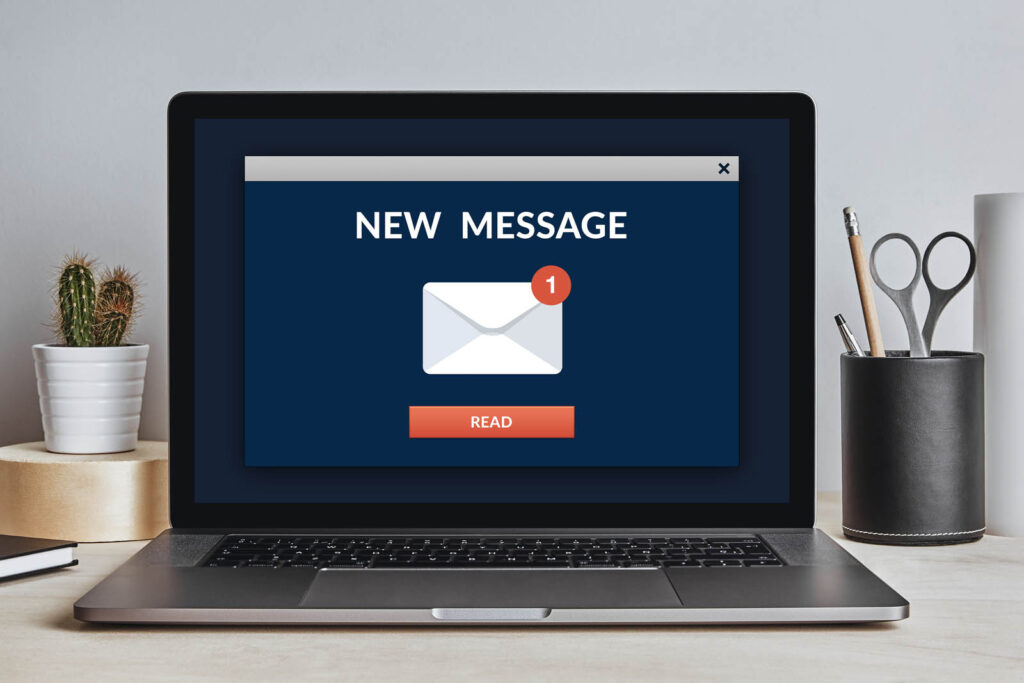
Case Study
Choosing the Best Messaging Strategy to Stand Apart From the Competition
overview
A manufacturer was in the process of updating its marketing strategy and had developed nearly 40 different potential messages (across a variety of themes). Before moving forward with a final strategy, the company wanted to gather reactions from consumers already in the category, as well as those they hoped to attract. The client wanted to understand the hierarchy of messaging statements along with consumers’ “gut reactions” regarding the uniqueness of the statements.
Using max-diff, C+R developed an online survey to address the client’s dual needs.
THE PROBLEM
Nearly Forty Marketing Messages to Choose From
A manufacturer needed to understand which of nearly 40 different potential messages would propel its marketing strategy forward. The client wanted to select messages that would not only motivate trial and usage of its products, but also stand out as unique in a crowded marketplace.

OUR APPROACH
Assessing Motivation and Uniqueness
C+R developed an online survey with max-diff choice and fast-explicit exercises to determine which messages were strongest in terms of motivation and uniqueness. The team recruited consumers who were already in the category, as well as those who were on the periphery of the category.
For the max-diff exercise, respondents were shown several screens with four different messages on each screen and asked to select the message that made them the most interested in using the brand along with the one that made them the least interested. The results of this exercise were processed (using a regression analysis) to determine the relative ranking of the messages.
For the fast-explicit portion of the survey, C+R partnered with the neuro-testing agency, Cloud Army, to assess uniqueness. After going through a “priming” exercise to calibrate their speed of answering, respondents were shown each message one at a time and asked to indicate whether they felt it was unique to the brand. In addition to their answer (unique or not), the exercise also measured how much time it took respondents to answer, which enabled researchers to assess assuredness vs. hesitancy.
Data for both exercises were plotted on a quadrant to assess which messages were strong in both areas or strong in one area but not the other; data were analyzed separately among category users vs. non-users, enabling us to identify if/how messaging strategies should be different for the two groups.

The result
Quality Wins!
Our research identified the types of messages that were most motivating and unique, as well as the individual messages that hit the mark for both measures. Because the messages were categorized by theme, we were able to recommend a specific set of themes for the manufacturer to focus on.
We found that messages related to quality were both motivating and unique. Messages related to pricing/being cheaper than an alternative were motivating; however, not very unique. On the flip side, messages related to the brand being a leader in the category were seen as unique, but not very motivating.
The fast-explicit component of the exercise was also used as a tool to measure assuredness vs. hesitancy regarding uniqueness. In this case, the range of time it took respondents to answer was small enough across the messages that it did not alter the findings for uniqueness (that is, it did not factor into determining whether a message was classified as unique or not).
The client used our research findings to select the strongest messaging themes and finalize its marketing strategy.


proven experience
related case studies
